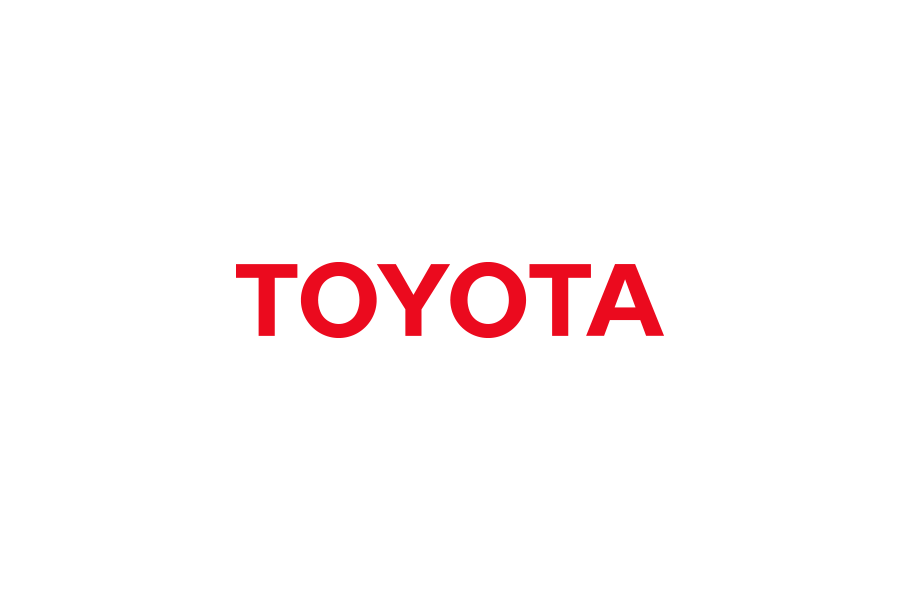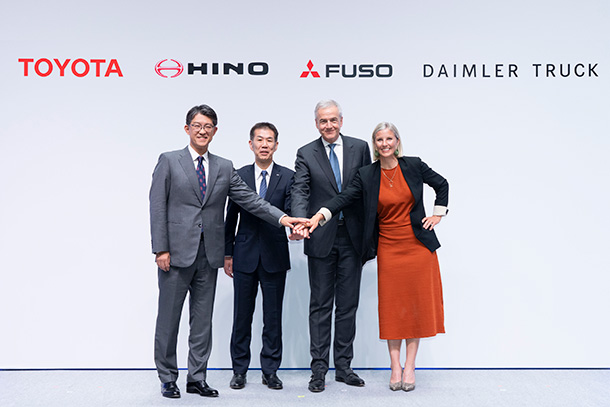Dec. 15, 2010
New 'Vitz' Front-door Glass Cuts UV by Approximately 99%
Toyota City, Japan, December 15, 2010―Toyota Motor Corporation (TMC) announces that it will begin using―as a world's first1―car front-door glass that reduces ultraviolet (UV) penetration by approximately 99%2. The new glass will be used in the new "Vitz" scheduled for launch at the end of this year.
Combining use of the glass with a windshield that reduces UV penetration by approximately 99% will result in an approximately 99%2 combined reduction in UV penetration through the front-door windows and windshield of the new Vitz. TMC estimates that the resulting sunburn protection is equivalent to that of wearing gloves while driving3.
Windshields, which use laminated glass, can be given approximately 99% UV-reduction performance by inserting a UV-blocking film between two sheets of glass in the laminating process. Car-door windows, on the other hand, generally use single-piece tempered glass that is often imbued with a UV-absorbing material to achieve approximately 89% UV protection. Getting the UV-reduction performance of door-window glass closer to 100% requires the use of UV absorption technologies. Thus, the interior side of the door-window glass to be used in the new Vitz has been surfaced with a high-performance UV-absorbing film to achieve approximately 99% UV-reduction performance.
1According to TMC research, as of December 2010
2According to TMC internal measurements
3Degree of sunburn varies by person



